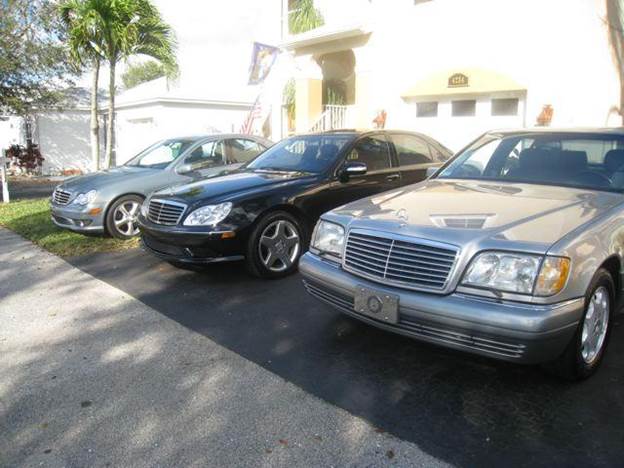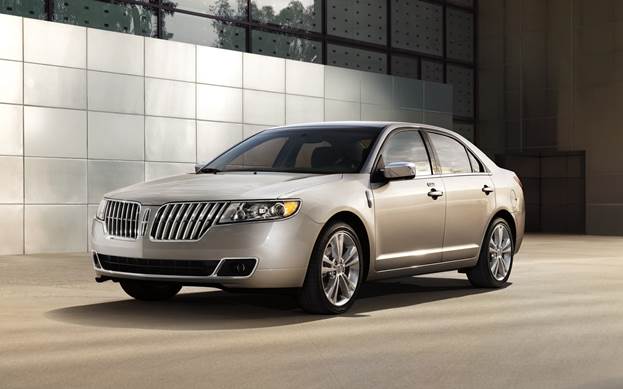One of the most effective ways to get a low
price is to have dealers compete for your business. This can be done by
emailing or calling several in your area or I neighboring towns. Tell them the
exact model, trim level, and options you want and ask for their lowest
out-the-door price. The more quotes you get, the better. Make sure you’ve done
a thorough test drive before initiating negotiations.

Getting
a low price can be done by emailing or calling several in your area or I
neighboring towns
You could also go to car-buying websites
and submit a request for a dealer quote. But be prepared to be on the contact
list for several dealers for a while.
We provides free dealer quotes through its
Build & Buy service, which is available to subscribers of our magazine or
website, ShopSmart subscribers, and buyers of CR’s New Car Price Reports.
Benefits with this are that you remain anonymous until you choose a dealer to
work with and dealers in the network must maintain a high level of customer
satisfaction. Of course, you aren’t obligated to buy a car.
Focus
on the price
Don’t’ discuss trade-in or financing terms
at this point. Tell them you are just looking for a competitive price on a new
car and will work with the dealer that treats you the best. You can tell them
you’d be willing to put down a credit-card deposit over the phone if they can
meet your target price; never email your number. Some salespeople will try and
get you to come to their showroom to discuss pricing. But many are now savvy
enough to work with you electronically, which saves time for both you and them
Play
“match the price.”
If you want to whittle the price down
further, re-contact some dealers and ask whether they can beat a competitor’s
price. This can be particularly useful if you prefer one dealership, because of
location or personal rapport, but another lealer dealer has given you a lower
price. If you settle on a price, have the dealer send you a detailed pricing breakdown;
you’ll need this when you go to the dealership to close the deal.
Red
flag:
Are the quotes apples to apples? Sometimes
the dealer won’t have the exact vehicle you’re looking for and will give you a
price on a different version without telling you. If there’ a question, ask for
copies of the window sticker.

Sometimes
the dealer won’t have the exact vehicle you’re looking for, ask for copies of
the window sticker.
5. Watch the details at the dealership

This can be the most stressful part of the
process, because the dealership staff could try to make up for a low price on
the new car by making you pay more in other areas. That’s why you need to come
in prepared and ready to maintain control
By the time that you go to the dealership
to buy the car, you should have:
·
Identified the model, trim level, and options
that you want.
·
Completed a test drive and walk around, so
you’re familiar with vehicle.
·
Been pre-approved for a loan or, if you will be
financing through the dealer, know what competitive interest rates are in your
area
·
Researched the value of your trade-in, if
appropriate.
·
Gotten an idea for what a good price is for the
vehicle you want.
·
Gathered several quotes from various dealers,
and settled on one that looks the most promising.
Should you buy last year’s leftovers?
When the new model-year vehicles begin
arriving, leftovers from the previous year will often be discounted or carry
attractive sales incentives. And since most models don’t’ change much from year
to year; this can be a good way to get what you want for less. Downsides? You
may not find exactly the vehicle you want from the picked-over selection. Also,
even though the car is new, it will appear to be a year old on paper. This
means a 2012 car will depreciate more quickly than a 2013 one bought at the
same time. That will hit you hardest if you plan to sell or trade it in after
two or three years. But if you keep it for a long time, initial depreciation
isn’t such a big concern

2012
Lincoln MKZ
What to keep in mind
·
Don’t negotiate around a monthly payment. This
gives a salesperson too much room to manipulate figures to the dealer’s
advantage, especially if you have a trade-in or are financing through the
dealer. Instead, negotiate one thing at a time. Nail down the final new-car
price before discussing the trade-in value or financing terms
·
Don’t buy unnecessary extras, such as corrosion
protection, paint sealant, fabric protection, and window etching of the vehicle
ID number (VIN). You usually don’t’ need these services or can get them for
less money later. Some-times, VIN etching is pre-printed on the sales contract.
But if you don’t want it, simply cross it out, decline to pay for it, and have
them recalculate the total.
·
Don’t purchase an extended warranty on a car
with a good reliability record. In a 2008 CR survey, 65 percent of respondents
said they spent much more for the contract than they got back in savings on
repairs
·
Do bring a calculator if you’re financing to
verify that the terms match the amount you’ve agreed to finance. Dealers can
pad the monthly payment to add extras into the contract, sometimes without the
buyer even knowing he or she has paid for them
·
Don’t drive the car home before the finance
paperwork is completed. That can result in co-called “yo-yo” or “spot”
delivery, when the dealer calls the buyer back, claiming the financing fell
through, to get him or her to sign new paperwork at less favorable terms.
·
Do be prepared to walk out if the salesperson
tries to raise a price you negotiated by email or phone, or if you feel
uncomfortable with the negotiations or treatment. Sometimes, your willingness
to leave the showroom is your most effective negotiating tool.